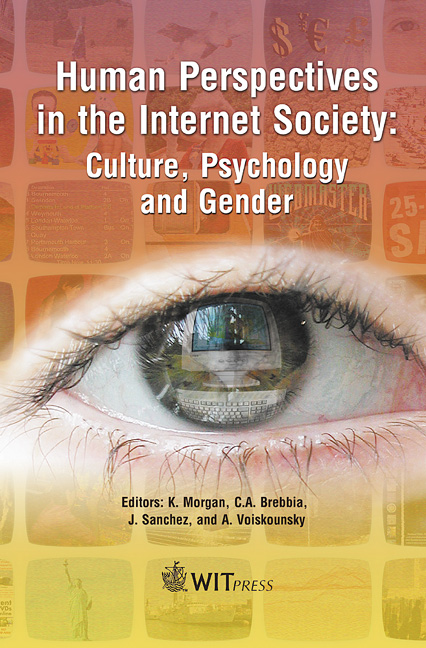Fair Play: Gender, Digital Gaming And Educational Disadvantage
Price
Free (open access)
Volume
31
Pages
8
Published
2004
Size
318 kb
Paper DOI
10.2495/CI040241
Copyright
WIT Press
Author(s)
J. Jenson & S. de Castell
Abstract
Since the spectacular runaway best-seller, \“Barbie Fashion Designer” appeared on the shelves in October 1996, selling a half-million copies in its first two months and vanquishing the slash-and-bash market leaders \“Doom,” \“Quake,” \“Duke Nukem,” and \“Mortal Kombat,” major corporate e-sponsored research campaigns have been launched to identify the differently gendered play patterns of boys and girls and to discover what girls \“like best”. This astonishing breakthrough into the previously dormant market for computer-based playware for girls ushered in a retooling of technology – a retooling accomplished, however, by affirming rather than challenging received gender stereotypes that preserve girls’ historically assigned locations in the gender order. In the field of education, video games have the capacity to capture and hold the attention of players of many
Keywords




